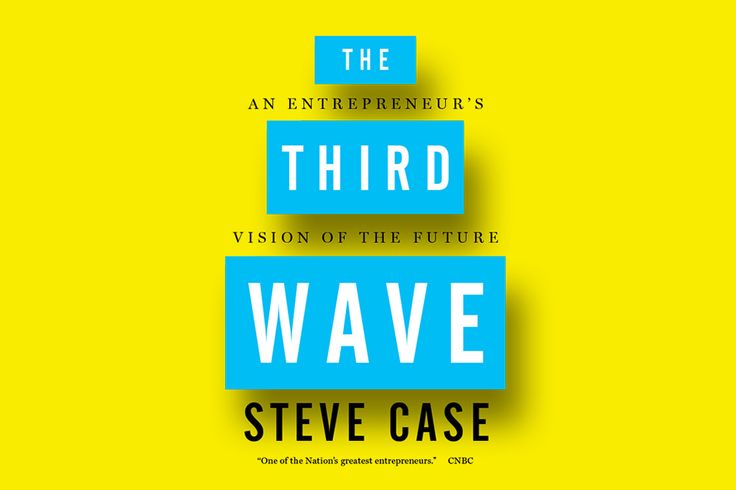Steve Case’s new book, The Third Wave, describes how a “third” wave of Internet innovation will dramatically change innovation in the coming decades.
According to Case, the first wave occurred between 1985 and 1999 when the Internet became almost ubiquitous. During the second wave, beginning in 2000 and ending in 2015, apps appeared, adding ecommerce and Internet entrepreneurs a platform for startups. Now, the rise of the third wave, as Case sees it, is the era of the Internet of Things when the Internet will bring connectivity to solve problems in widely disparate industrial sectors.
If Case is right, entrepreneurs interested in the food industry should look for opportunities to leverage connectivity in ways that will increase food output, optimize logistics, bring transparency, and improve our methods for ensuring the safety of our food supply. Look to developers of agricultural technology for a glimpse of what the third wave will offer: Driverless tractors that are smart and precise enough to better manage water resources, personalize growing in micro-acreage lots, and adjust to all the variables inherent in a changing climate. The cost of technology-driven devices will plummet, big data will make devices smarter, and we will figure out how to solve problems that are not that sexy, but that are fundamentally in need of improvement. Like the elimination of traffic and food recalls. If you think that we’re seeing the disruption of the food supply system now, look again. The crest of the third wave is hard to imagine from where you are today.
Disruption, Case says, will come from unexpected places, not necessarily from the labs at Google or Apple but instead from John Deere, Carghill, Mars, Walmart, and Costco. These companies are investing in innovation, aware that their industry is being disrupted and fearful of not wanting to miss out on the developments occurring in other industries that may or may not appear related to their businesses. Case says, “Corporate executives are too shortsighted to understand how technology that is disrupting a different industry might be adapted to do the same to their own.” Seems like an invitation to the traditional food industry players to look far and wide for new ideas and an enlightened understanding of their customers.
Case can take the view of collaboration too far. He fails to question the government’s increasing reach into our food system. The laws and regulations that limit innovation and creativity within the food system, such as some requirements outlined in the new Food and Safety Modernization Act, need to be reviewed with greater concern for flexibility and affordability for smaller producers and processors. With the coming wave of connectivity between things, government regulations may inhibit connectivity in ways that could keep food costs down and enable healthier food to go to more people. Case feels we should embrace the federal government’s role, accepting its expanding role as inevitable. Government regulation won’t go away, and there are circumstances when it’s a welcome barrier to food fraud. But shouldn’t we proceed with greater caution if we want our new food system to transform in unimaginable ways?

Author